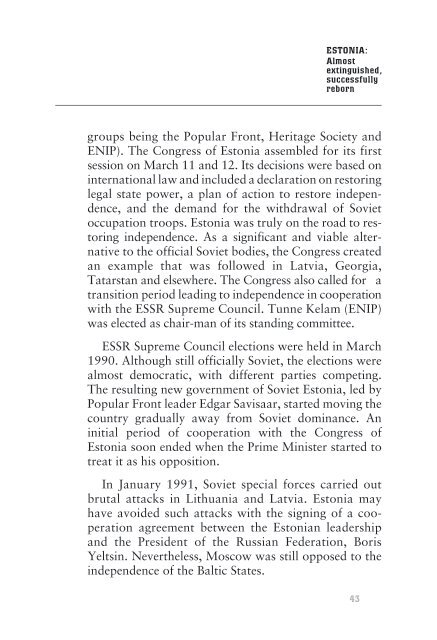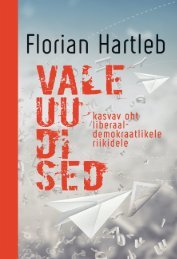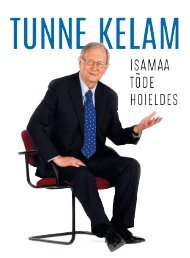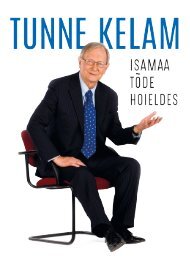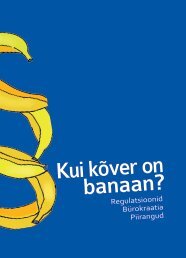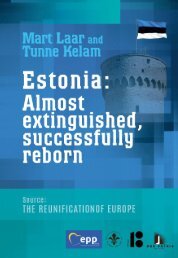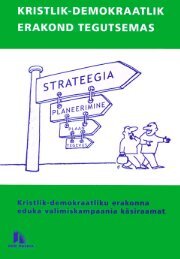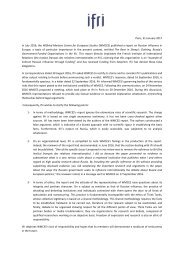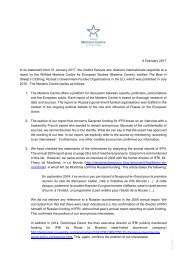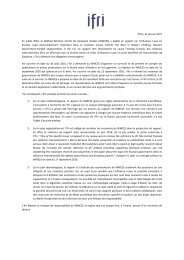ESTONIA: Almost extinguished, successfully reborn
The following text is the shortest possible review to help inform friends and guests from abroad about Estonia’s experience with foreign occupation and totalitarianism as well as its road to peacefully re-establishing national inde-pendence on the basis of democracy. Tunne Kelam Member of the European Parlament
The following text is the shortest possible review to help inform
friends and guests from abroad about Estonia’s experience with
foreign occupation and totalitarianism as well as its road to
peacefully re-establishing national inde-pendence on the basis
of democracy.
Tunne Kelam
Member of the European Parlament
Create successful ePaper yourself
Turn your PDF publications into a flip-book with our unique Google optimized e-Paper software.
<strong>ESTONIA</strong>:<br />
<strong>Almost</strong><br />
<strong>extinguished</strong>,<br />
<strong>successfully</strong><br />
<strong>reborn</strong><br />
groups being the Popular Front, Heritage Society and<br />
ENIP). The Congress of Estonia assembled for its first<br />
session on March 11 and 12. Its decisions were based on<br />
international law and included a declaration on restoring<br />
legal state power, a plan of action to restore independence,<br />
and the demand for the withdrawal of Soviet<br />
occupation troops. Estonia was truly on the road to restoring<br />
independence. As a significant and viable alternative<br />
to the official Soviet bodies, the Congress created<br />
an example that was followed in Latvia, Georgia,<br />
Tatarstan and elsewhere. The Congress also called for a<br />
transition period leading to independence in cooperation<br />
with the ESSR Supreme Council. Tunne Kelam (ENIP)<br />
was elected as chair-man of its standing committee.<br />
ESSR Supreme Council elections were held in March<br />
1990. Although still officially Soviet, the elections were<br />
almost democratic, with different parties competing.<br />
The resulting new government of Soviet Estonia, led by<br />
Popular Front leader Edgar Savisaar, started moving the<br />
country gradually away from Soviet dominance. An<br />
initial period of cooperation with the Congress of<br />
Estonia soon ended when the Prime Minister started to<br />
treat it as his opposition.<br />
In January 1991, Soviet special forces carried out<br />
brutal attacks in Lithuania and Latvia. Estonia may<br />
have avoided such attacks with the signing of a cooperation<br />
agreement between the Estonian leadership<br />
and the President of the Russian Federation, Boris<br />
Yeltsin. Nevertheless, Moscow was still opposed to the<br />
independence of the Baltic States.<br />
43


